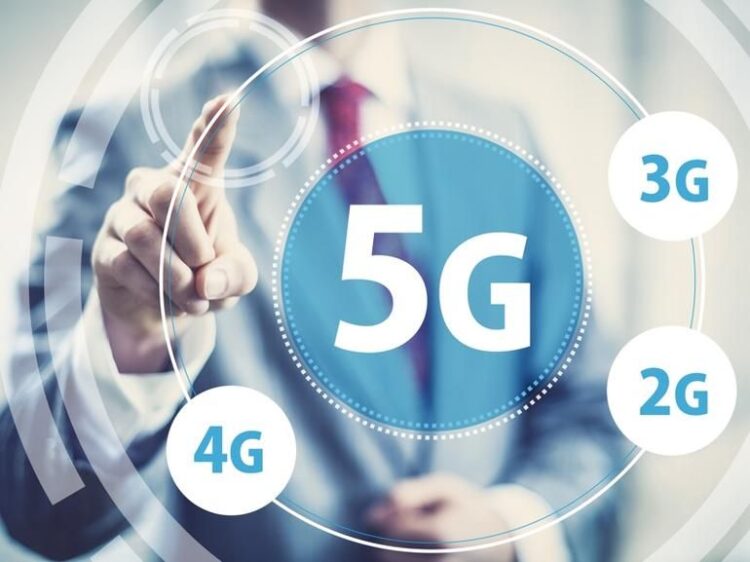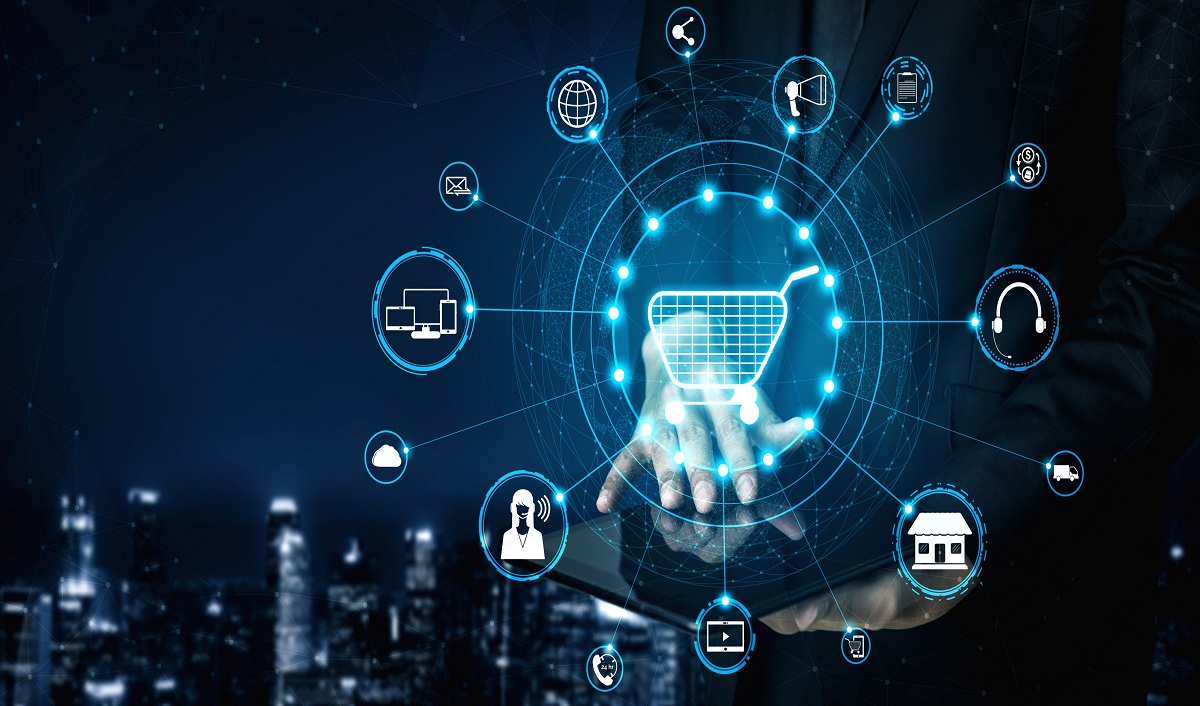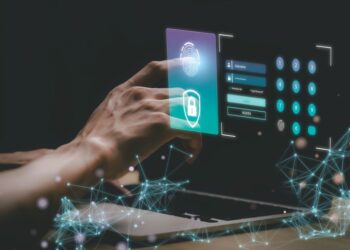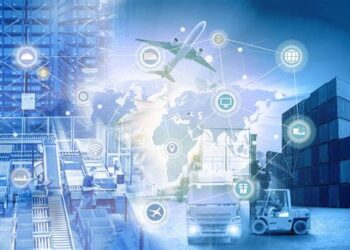The digital landscape is undergoing a transformative revolution with the advent of 5G technology. This next-generation wireless network promises unprecedented speed, minimal latency, and the ability to connect a vast array of devices simultaneously. As global dependence on digital infrastructure continues to rise, 5G has emerged as a key enabler for the future of communication, smart cities, IoT (Internet of Things), healthcare innovations, and autonomous technology.
In this comprehensive guide, we will explore how 5G is reshaping digital connectivity, its major benefits, practical applications, challenges, and the future potential of this powerful technological advancement.
What is 5G Technology?
5G, short for “fifth generation,” is the latest standard in mobile communication. It is a successor to 4G LTE and brings considerable improvements in network speed, reliability, and capacity. With 5G, data can travel at rates up to 100 times faster than 4G, while also supporting real-time communication through significantly reduced latency.
The core technological improvements in 5G include:
A. Higher Bandwidth – Allows transmission of more data at once, supporting advanced applications such as high-definition video streaming and augmented reality (AR).
B. Lower Latency – Offers near-instant communication, ideal for critical applications such as remote surgery and self-driving vehicles.
C. Massive Device Connectivity – Enables millions of devices per square kilometer to be connected, making it essential for IoT ecosystems.
D. Improved Network Efficiency – Smarter allocation of resources allows for better handling of data traffic and more reliable connections.
Key Benefits of 5G Connectivity
The rollout of 5G networks is creating a ripple effect across various sectors. Below are the key benefits that illustrate its importance in the digital era:
A. Ultra-Fast Data Transfer
One of the most touted advantages of 5G is its speed. With potential peak speeds reaching 10 Gbps, users can download a full HD movie in seconds. This significantly enhances user experience in entertainment, gaming, and business operations.
B. Enhanced Mobile Experience
Streaming 4K and 8K videos, playing real-time multiplayer games, and participating in lag-free video conferences are now possible even on mobile networks, making digital mobility truly seamless.
C. Empowering IoT Devices
The low-latency and high-capacity features of 5G allow billions of IoT devices—from smart thermostats to industrial robots—to function efficiently without connectivity bottlenecks.
D. Enabling Smart Cities
With 5G, cities can integrate technologies for traffic management, energy distribution, public safety, and more. Smart grids, intelligent lighting, and surveillance systems all benefit from the reliability and speed of 5G networks.
E. Revolutionizing Remote Work and Education
During and after the COVID-19 pandemic, remote solutions became essential. 5G enhances remote working and online learning platforms by ensuring stable, high-speed connectivity regardless of location.
Real-World Applications of 5G Technology
The implications of 5G go far beyond faster smartphones. Here’s how different industries are adopting and innovating with this powerful technology:
A. Healthcare
5G enables remote patient monitoring, telemedicine consultations, and even robotic-assisted surgeries with real-time feedback. Hospitals can instantly share massive medical imaging files for collaborative diagnoses, improving care quality and efficiency.
B. Transportation and Automotive
Autonomous vehicles rely heavily on real-time data to navigate safely. 5G provides the required low latency and high-speed communication between vehicles and infrastructure, reducing accidents and traffic congestion.
C. Manufacturing and Industry 4.0
Factories are becoming more automated with the help of robotics and sensors connected through 5G. This allows for predictive maintenance, quality control through AI, and streamlined supply chain management.
D. Entertainment and Gaming
Virtual Reality (VR), Augmented Reality (AR), and cloud gaming platforms thrive with the support of 5G. Gamers experience low-lag multiplayer interactions, and creators can produce immersive content on the go.
E. Agriculture
Smart farming technologies such as soil sensors, drone surveillance, and automated irrigation systems benefit from reliable 5G connections in rural areas, leading to higher efficiency and sustainability.
F. Emergency Services
First responders can use 5G for real-time mapping, facial recognition, and seamless communication during crises. Drones powered by 5G can provide live footage from disaster zones for quicker decision-making.
How 5G is Transforming Daily Life
While many associate 5G with large-scale industries, its influence also impacts individual users daily. Here’s how:
A. Faster Browsing and Downloads – Web pages load instantly, and apps update more quickly.
B. Smart Homes – Integration of smart devices such as lights, speakers, refrigerators, and security systems becomes smoother and more reliable.
C. Augmented Shopping Experiences – Consumers can enjoy virtual try-ons and AR-based product visualization in real time.
D. Real-Time Translation and Communication – Improved voice assistants and AI-powered language translators work more efficiently, connecting global communities effortlessly.
E. Environmental Monitoring – Citizens can receive real-time updates on air quality, noise pollution, or weather patterns through connected sensors powered by 5G.
Challenges in Deploying 5G
Despite its promising benefits, 5G rollout faces several challenges that must be addressed for mass adoption.
A. Infrastructure Costs
Setting up 5G requires dense deployment of small cells, fiber optics, and new transmission towers. This can be costly, especially in rural or underdeveloped regions.
B. Spectrum Availability
5G operates on various frequency bands, and acquiring these spectrums can be complicated due to regulatory hurdles and competition among telecom providers.
C. Security Concerns
With more devices connected than ever, the potential for cyberattacks increases. 5G networks must be safeguarded with advanced encryption and real-time threat monitoring systems.
D. Compatibility Issues
Many older devices are not compatible with 5G networks, and replacing them may be financially burdensome for users or enterprises.
E. Health and Environmental Debates
Some communities have expressed concerns about the health effects of 5G radiation and its environmental impact. Although studies show minimal risk, public perception still plays a role in adoption speed.
The Future of 5G and Beyond
As 5G technology becomes more accessible, its true potential will unfold over the next few years. The following are some exciting possibilities:
A. Integration with AI and Edge Computing
5G will work hand in hand with artificial intelligence (AI) and edge computing to provide smarter, faster decision-making capabilities across industries. For instance, self-learning systems in factories will enhance productivity autonomously.
B. Expansion of Metaverse Platforms
The development of virtual worlds will depend heavily on 5G for seamless interactions and immersive digital environments. Education, entertainment, and socializing will become part of interconnected virtual spaces.
C. Next-Level Remote Collaboration
From holographic meetings to real-time 3D design collaboration, 5G will power new ways of working that were previously unimaginable.
D. Advanced Public Safety Systems
Cities will use 5G to implement proactive emergency response systems, including AI-driven surveillance, disaster prediction, and live communication with responders during crises.
E. Accelerated Scientific Research
Fields such as space exploration, climate science, and genomics will benefit from faster data processing and sharing enabled by high-speed 5G connectivity.
How to Prepare for the 5G Era
To fully harness the advantages of 5G, individuals and businesses can take several proactive steps:
A. Upgrade Devices – Invest in smartphones, routers, and IoT devices that are 5G-compatible to ensure seamless connectivity.
B. Embrace Digital Transformation – Companies should align their operations with cloud computing, AI, and automation strategies powered by 5G.
C. Stay Informed – Keep track of 5G developments, government regulations, and market trends to make informed decisions about adoption.
D. Invest in Cybersecurity – With more devices online, safeguarding networks with modern security protocols is essential.
E. Explore New Opportunities – Entrepreneurs and startups should consider how 5G can unlock new business models or improve existing services.
Conclusion
5G technology is more than just an upgrade to mobile networks—it’s a transformative force redefining how we live, work, and connect. With ultra-fast speeds, low latency, and support for billions of devices, 5G is laying the foundation for a smarter, more connected world.
As challenges are addressed and infrastructure expands, the full capabilities of 5G will continue to revolutionize industries, empower individuals, and accelerate digital innovation on a global scale. Embracing 5G means embracing the future of connectivity.














